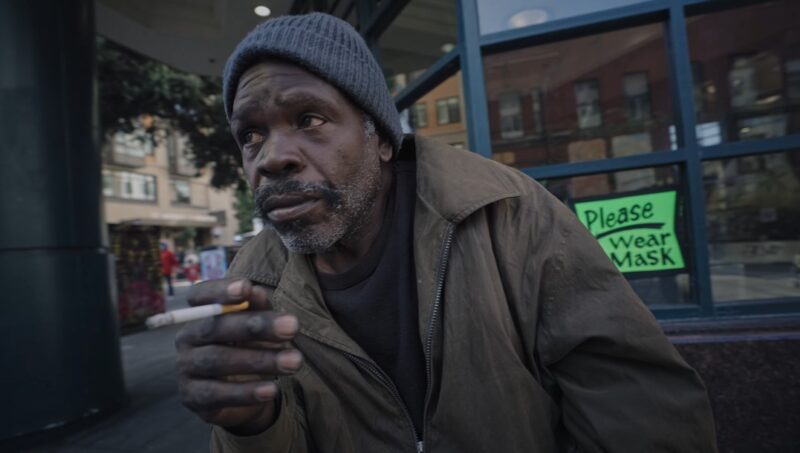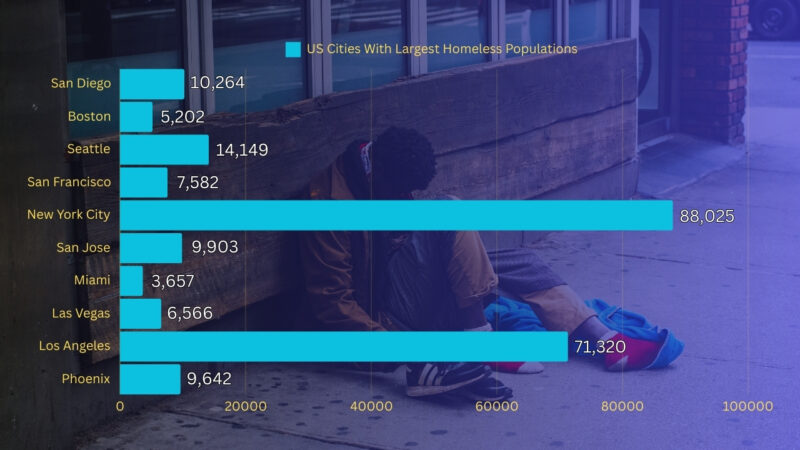Homelessness is one of the most pressing issues facing the U.S. today. While the causes are complex—ranging from skyrocketing housing costs to systemic issues like poverty and mental health challenges—the scale of the problem varies from city to city.
I’ve often wondered how homelessness impacts specific areas across the country and what cities are doing to manage it. Although it is widely known that cities like LA and New York have some of the largest homeless populations in America, there are other cities that are pretty close.
With that in mind, let’s explore the ten U.S. cities with the largest homeless populations and the factors contributing to the issue.
Methodology
- Conducted research using reputable sources and government reports to gather reliable, up-to-date data.
- Focused on cities with the largest homeless populations, organizing data based on key cities like New York, Los Angeles, and Seattle.
- Analyzed root causes of homelessness, such as housing costs, mental health issues, and economic conditions.
- Synthesized data into a clear, original narrative, connecting homelessness statistics with contributing factors.
10. Miami, Florida

Homeless Population: 3,657
In Miami, many people experiencing homelessness live unsheltered due to the city’s warm climate. Miami has made efforts to address the issue through shelter and job training programs, but rising housing costs remain a significant obstacle.
Challenges in Miami
Miami’s housing market is increasingly unaffordable, and while the city offers job training and shelter programs, long-term solutions require greater access to affordable housing options. The growing gap between wages and housing costs continues to fuel homelessness.
9. Boston, Massachusetts
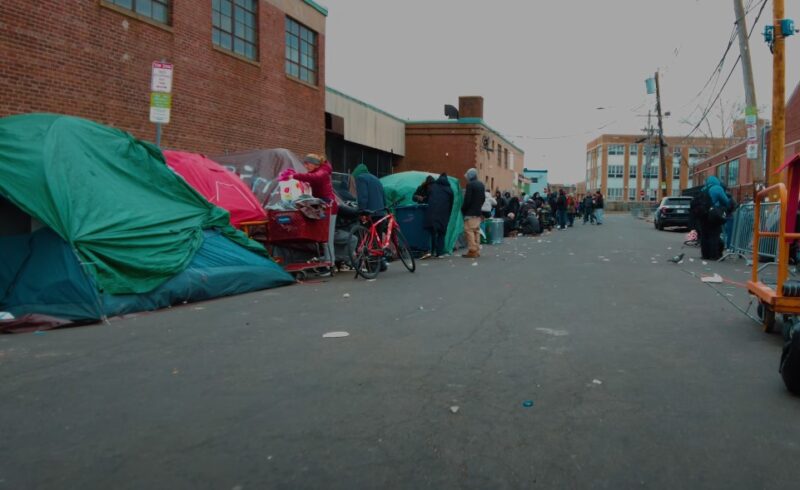
Homeless Population: 5,202
Boston may have a smaller homeless population compared to some of the cities on this list, but the cold winters make shelter access a critical issue.
What’s encouraging about Boston is that a significant portion of its homeless population is housed in shelters, and the city has a strong safety net in place.
The city continues to focus on long-term solutions like mental health care and addiction treatment, but the high cost of living and gentrification are pushing many low-income residents out of their homes.
Challenges in Boston
While Boston has a strong network of shelters and services, the city’s high cost of living remains a challenge.
Gentrification and rising rents are making it harder for low-income residents to find affordable housing, leading to an increase in homelessness.
8. Las Vegas, Nevada
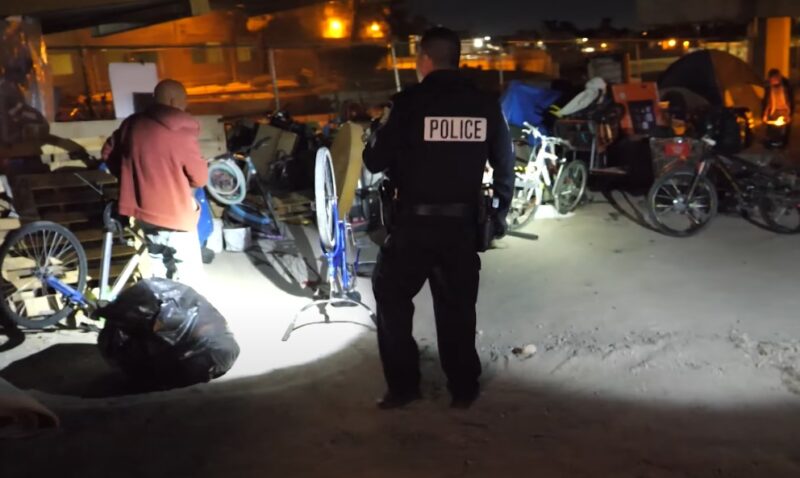
Homeless Population: 6,566
Las Vegas has a visible homelessness issue, particularly in areas near the Strip. Many people experiencing homelessness here live unsheltered, often in encampments.
The city’s economy, largely reliant on tourism, has left many without jobs, contributing to the issue.
Challenges in Las Vegas
While shelters and supportive housing are available, Las Vegas struggles with providing enough resources to meet the growing demand. Rising housing costs and economic instability continue to drive people into homelessness.
7. San Francisco, California
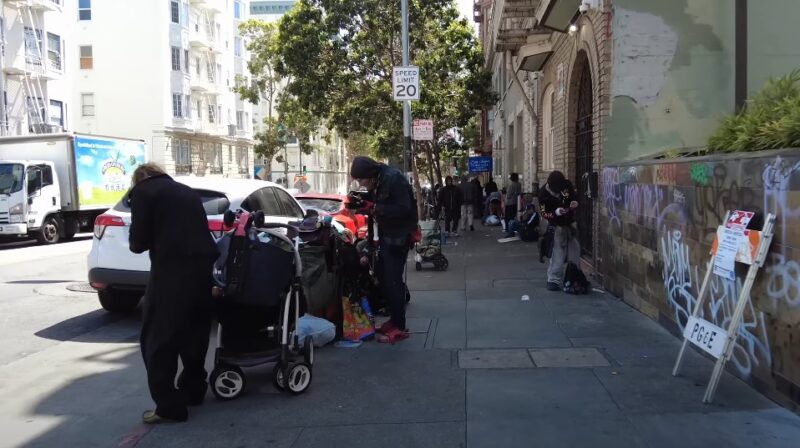
Homeless Population 7,582
San Francisco has long been known for its homelessness crisis. The high cost of living, particularly in housing, makes it nearly impossible for low-income residents to stay afloat.
Many of the city’s homeless population live in encampments, and areas like the Tenderloin district have become infamous for homelessness.
The city has implemented a range of solutions, including housing-first programs, but the sky-high cost of land and construction creates significant barriers to meaningful progress.
- Judging by the 2024 Point-in-Time (PIT) count, about 7,800 individuals were experiencing homelessness in San Francisco.
- According to Axios, there was an 11% increase in chronic homelessness between 2022 and 2024, with around 2,989 people categorized as chronically homeless.
Challenges in San Francisco
The wealth disparity in San Francisco is striking. While housing-first initiatives are in place, the city’s high land prices and construction costs make it difficult to build enough affordable units to meet the need.
Public opposition to new housing developments also plays a significant role in slowing progress.
6. Phoenix, Arizona
Homeless Population: 9,642
Phoenix’s homeless population has grown dramatically, with rising housing costs and economic inequality being major contributors. The city’s hot climate can also be dangerous for those living on the streets, adding another layer of risk.
Phoenix is working on expanding shelters and supportive housing, but the rapid growth in homelessness continues to outpace the city’s ability to provide services.
Challenges in Phoenix
Housing costs are climbing, and Phoenix is struggling to keep up with the rising demand for shelter and support services.
While new initiatives are being implemented, the city’s economic boom has created a challenging environment for those on the brink of homelessness.
5. San Jose, California

Homeless Population: 9,903
As the heart of Silicon Valley, San Jose has seen astronomical housing prices, driving many into homelessness. The contrast here is stark—wealth generated by the tech industry is staggering, yet many live without basic shelter just a stone’s throw away from multi-million dollar tech campuses.
San Jose has been trying to tackle its homelessness issue through affordable housing projects, but like other cities, it’s fighting an uphill battle against rising property values and limited available land.
- According to Kron4 News, of the total homeless population in San Jose, 1,929 are sheltered, which shows a 12.9% increase from previous years. This means more efforts have been made to provide shelter for those in need.
- San Jose Spotlight reports that Santa Clara County has witnessed a 24% increase in new homeless residents. This sharp rise indicates that despite housing efforts, more people are falling into homelessness for the first time.
Challenges in San Jose
Building affordable housing is difficult in a city where land is at a premium. While the city is taking steps to offer more support, the affordability crisis isn’t showing signs of slowing down, making it tough for many to find stability.
4. San Diego, California
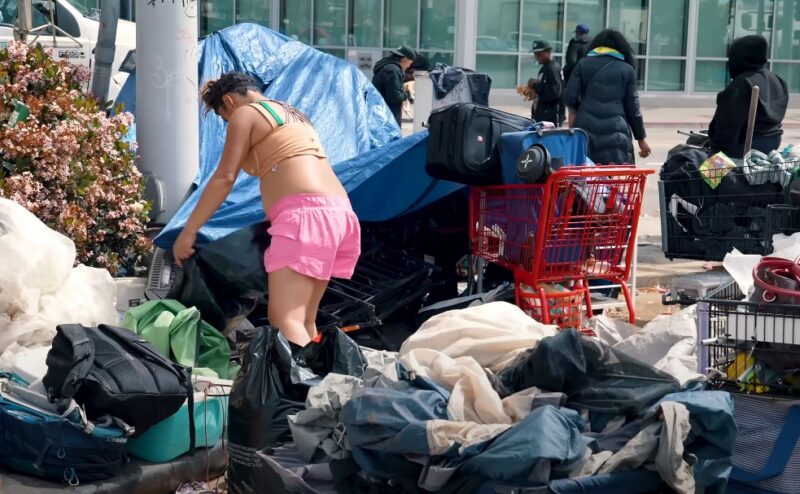
Homeless Population: 10,264
San Diego, like Los Angeles, struggles with a large unsheltered homeless population. The city’s temperate climate attracts many people living without shelter, and the lack of affordable housing exacerbates the issue.
Despite efforts to increase shelter space and supportive services, San Diego faces a persistent challenge: high housing costs. This leaves many people on the streets, in tents, or living in their vehicles.
- In 2024, the Point-in-Time count identified 10,605 people experiencing homelessness in San Diego County. This marks a 3% increase compared to the previous year (2023), according to Point-in-Time count data.
- Out of the total count, 6,110 individuals were unsheltered, and 4,495 were staying in shelters or transitional housing.
Challenges in San Diego
San Diego’s high cost of living is a major driver of homelessness, and while the city has expanded shelter options and mental health services, housing remains out of reach for many.
The city is making strides, but the demand for affordable housing continues to outpace supply.
3. Seattle, Washington

Homeless Population: 14,149
In recent years, homelessness in Seattle has ballooned, driven largely by the booming tech industry and a severe housing shortage. Seattle’s economy is doing well, but many residents are getting priced out of their homes due to rising rents.
What strikes me about Seattle’s situation is the number of people living in RVs and encampments because traditional shelter options are limited.
Seattle is working on expanding affordable housing, but zoning laws and community opposition create major hurdles. The city has also faced criticism for sweeping homeless encampments without offering sufficient alternative solutions.
Challenges in Seattle
The rapid economic growth fueled by the tech industry is pushing housing prices through the roof, creating a stark contrast between the city’s affluent and its homeless.
Efforts to expand shelter space and affordable housing are underway, but opposition from local communities and complex regulations make progress slow.
2. Los Angeles, California
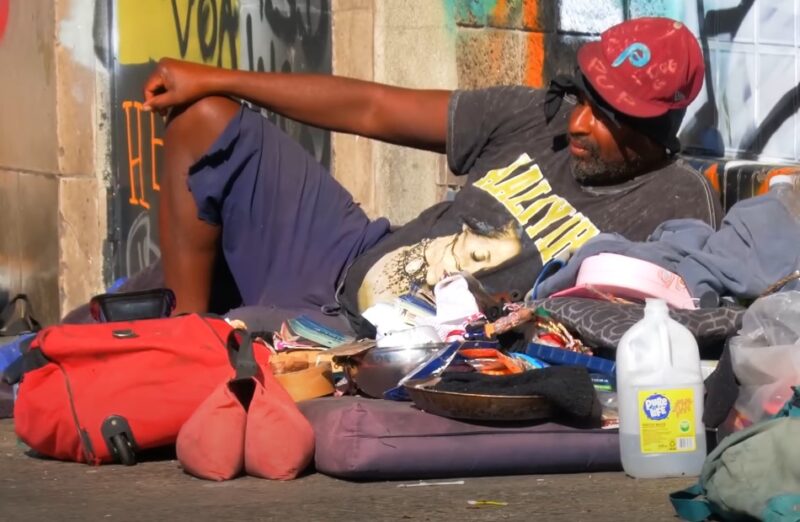
Homeless Population: 71,320
Los Angeles has gained a reputation for its homelessness crisis, particularly in areas like Skid Row, where thousands of people live in tents and temporary shelters.
Los Angeles is unique because a large portion of its homeless population is unsheltered, living on the streets, in cars, or in tents. Part of the reason for this large number is the lack of affordable housing and the growing economic divide. The city’s mild weather also makes it a magnet for individuals without permanent shelter.
Challenges in Los Angeles
LA has invested billions in initiatives designed to reduce homelessness. Unfortunately, the scale of the crisis is so massive that it often feels like a drop in the ocean.
A lack of coordination between city and county agencies only complicates the issue, and while affordable housing projects are underway, they have not yet made a significant dent in the problem.
1. New York City, New York
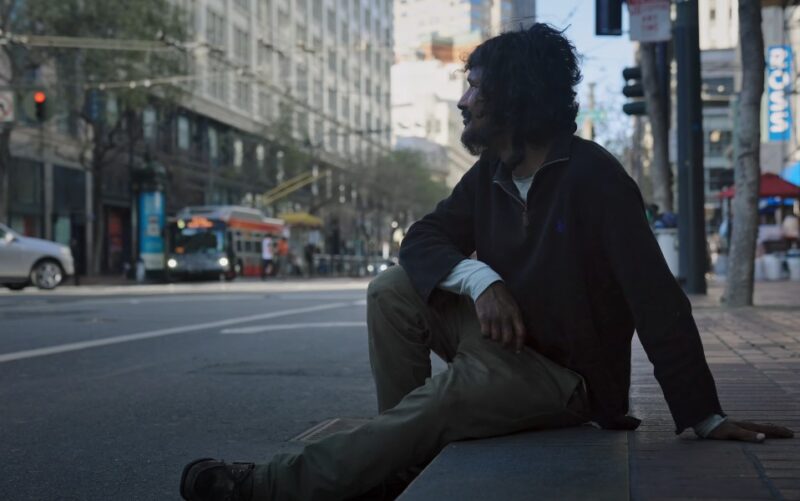
Homeless Population: 88,025
It probably won’t surprise you that New York tops the list. The city’s massive population density and exorbitant housing costs mean that tens of thousands of people struggle to find permanent shelter.
What stands out about New York’s homelessness situation is that a large proportion of its homeless population actually finds refuge in shelters. This may not be as visible as the street homelessness seen in other cities, but it doesn’t make the problem any less serious.
New York has implemented various programs to provide housing assistance, but the demand always seems to outpace the available resources. The high cost of living continues to push more people into homelessness, and the city’s stretched capacity is constantly being tested.
- According to the Coalition for the Homeless, as of June 2024, 132,293 people slept in New York City shelters every night.
- 71% of those in shelters were homeless families.
- Of this population, 45,745 were children.
Challenges in New York
The cost of housing in New York City is astronomical. Even with efforts to build affordable units, the demand far exceeds supply.
To make matters worse, the city’s resources are already spread thin, making long-term solutions difficult to achieve without significant changes to housing policy.
Summary
Looking at the cities with the largest homeless populations, it’s clear that homelessness is a major challenge affecting diverse communities across the U.S. Places like New York, Los Angeles, and Seattle consistently rank high, each with their own struggles and efforts to find solutions.
It’s a reminder that behind the numbers are real people, each with their own story. While the reasons for homelessness vary, the need for empathy and action remains the same. It’s an issue that touches all of us in one way or another, and it’s important we continue working toward lasting solutions.

